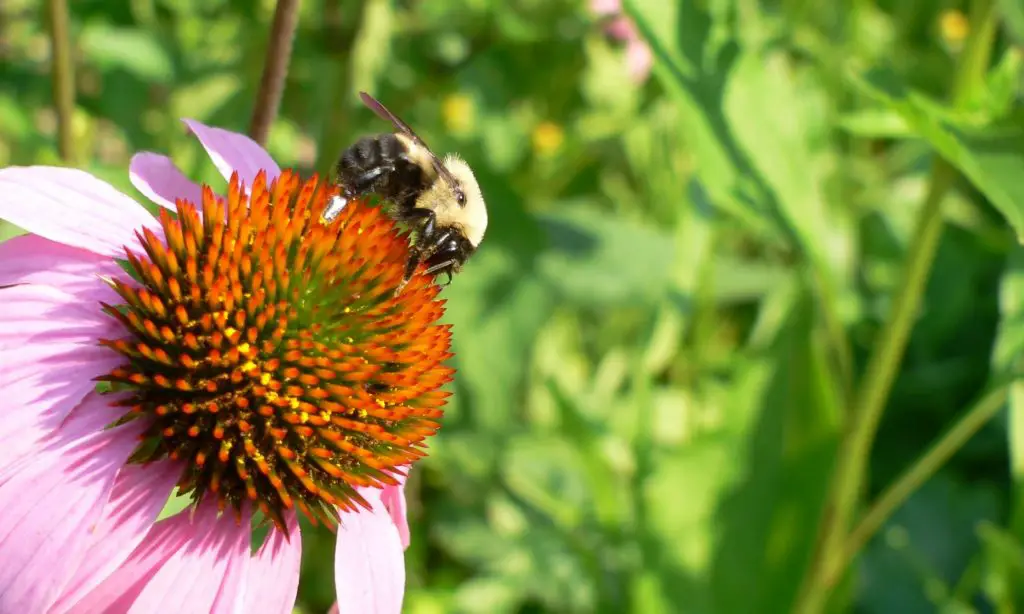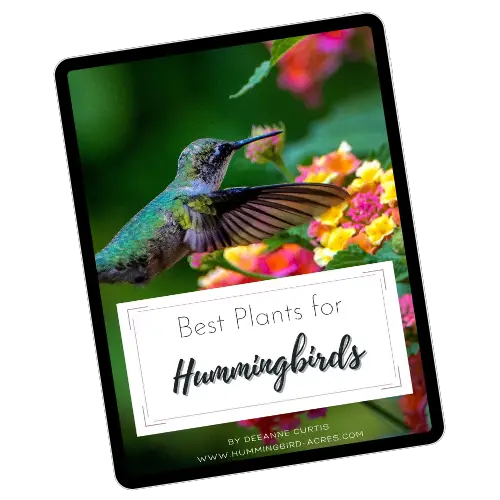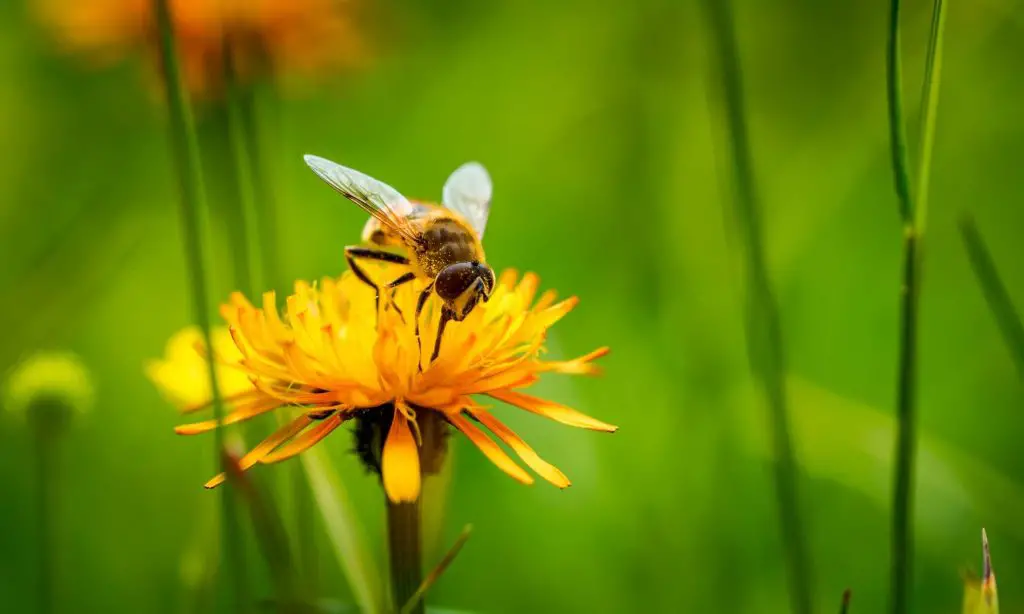Create Your Own Pollinator Garden!
Attract pollinators to your backyard with a beautiful and blooming garden! Create the perfect space for butterflies, bees, and more. Plant flowers that are inviting to these small critters and watch as they buzz around your yard. Get started on your dream pollinator garden today!
Are you looking for a way to get closer to nature while also helping the environment? Pollinator gardens are a fantastic way to do just that! Not only will they bring life and beauty into your outdoor space, but they’ll provide essential sustenance and habitat for birds, butterflies, bees, and other pollinators.
With different plants blooming throughout the season – spring wildflowers in early months, colorful annuals in summertime, evergreens in winter – it can be an incredible joy watching wildlife visit your garden. Whether you have acres of land or only a small balcony patio at home, there is something here for everyone when it comes to creating perfect conditions for pollinators. Let’s dive in and see what we can learn about how to create our own backyard oasis filled with these wonderful creatures!
Disclosure: As an Amazon affiliate, I earn from qualifying purchases at no extra cost to you. My blog contains other affiliate links as well for your convenience. To learn more, you may read my Disclosure Policy. Thank you for supporting my blog!

What is a pollinator garden and why should you create one in your yard
A pollinator garden is a garden specifically designed to attract and support pollinators, such as bees, butterflies, and hummingbirds. These gardens are not only beautiful but are also an essential part of our ecosystem.
Pollinators play a crucial role in food production by transferring pollen from one plant to another, allowing for the production of fruits and vegetables. Creating a pollinator garden in your yard is a great way to help these important creatures thrive while also enhancing the beauty of your outdoor space.
By planting an array of native plants that bloom throughout the season, you can create a welcoming habitat for pollinators to visit and enjoy. Plus, by doing so, you’ll be doing your part to protect our environment.
What plants attract pollinators
As we all know, bees, butterflies, birds, and other pollinators play a vital role in the growth of many crops. And one of the best ways to attract these essential creatures to your garden is by planting certain kinds of plants.
Some of the most effective plants for attracting pollinators are milkweed, which is particularly attractive to monarch butterflies; sunflowers, which draw a range of pollinators, including birds, bees, and butterflies; and lavender, which is a favorite of bees and butterflies alike.
Along with these plants, there are many others that can bring a buzz of activity to your garden and help ensure your crops are healthy and plentiful.

How to design a pollinator garden
Designing a pollinator garden is a fun and rewarding project that not only benefits the environment but also creates a beautiful space in your yard. It involves selecting a variety of plants that attract pollinators such as bees, butterflies, and hummingbirds.
To start, consider the location and size of your garden, the type of soil and sunlight in that area, and the climate of your region. Pick plants that compliment your yard conditions rather than forcing plants that will not thrive in your yard or container.
Consider how much space you have. Plants best suited for container gardens may differ from those in a large yard. Pollinator container gardens for space-limited living situations also make attractive ornamental container gardens.
Research different types of pollinator-friendly plants that thrive in your specific environment and make a list of your favorites.
Be sure to choose a mix of flowers and native plants with different bloom times to provide a food source for pollinators throughout the entire growing season.

Grab my free Ebook
What to Plant for Hummingbirds
Attract Hummingbirds to Your Garden!!
Enter your name & email so we can send your our FREE Guide.
Tips for choosing the right plants for your pollinator garden
Creating a pollinator garden can be a rewarding experience that not only beautifies your outdoor space, but also benefits our environment. However, with so many plant options to consider, it can be overwhelming to decide which ones to include in your garden.
When selecting plants for your pollinator garden, it’s important to think about the types of pollinators you hope to attract and provide them with the resources they need.
Be sure to choose a variety of flowering plants that bloom at different times throughout the growing season to ensure a consistent food source for bees, butterflies, and other pollinators.
It’s also important to choose plants that are native to your area, as they are best adapted to the local climate and conditions.

Benefits of having a Pollinator Garden
Having a pollinator garden is not only visually appealing but it comes with a lot of benefits for our little flying friends. Creating a space for pollinators such as bees, butterflies, and moths can lead to more efficient pollination in nearby plant species which can increase fruit and vegetable yields in your garden.
Pollinator gardens also promote preservation of endangered species and biodiversity by providing a habitat for these important creatures.
The benefits extend beyond the garden as well, as pollinators are essential in maintaining healthy ecosystems and play a crucial role in the food chain. By creating a pollinator garden, you are not only enhancing the beauty of your space but also helping to support and protect the environment.
Tips for maintaining and caring for your Pollinator Garden
Pollinator gardens are a beautiful way to support local ecosystems and attract important species such as bees and butterflies. But maintaining and caring for these gardens can sometimes be a bit tricky.
Luckily, there are a few tips that can help keep your pollinator garden thriving and healthy.
Make sure to plant a variety of flowers that bloom at different times so that pollinators can have access to food all season long.
Avoid using pesticides or chemicals on your plants, as these can harm the very creatures you’re trying to attract.
Regularly weed your garden to prevent unwanted plants from taking over.
Keep Blooms Deadheaded. Freshly opened flowers have the most nectar and pollen. If you remove withered, faded blooms, the plants often will produce even more new flowers to keep the pollinators coming.

Pollinator gardens can be a great way to attract wildlife and nature into your own backyard, while also helping the environment. Not only are they aesthetically pleasing, offering beautiful and vibrant colors, but they have great ecological functions as well!
Pollinator gardens allow you to encourage diversity in the local ecosystem by providing food and shelter for target species of pollinators.
When creating a pollinator garden, designing it wisely is key to making sure it thrives for years to come. Making sure your layout includes enough sun-exposed areas, plants that need different levels of water and soil types, allowing insects to access all parts of the garden, and keeping an eye on maintenance will ensure the success of your garden.
Lastly, remember the benefits of having a pollinator garden are much larger than just for your backyard- providing essential nourishment to our buzzy friends so that future generations don’t miss out on their beauty and importance in our ecosystem.
You may also enjoy these related articles:
- Gorgeous Plants to Attract Hummingbirds to Your Garden
- Fun Facts About Hummingbirds
- Where do Hummingbirds Live?
- How to Make Hummingbird Food
Did you enjoy this article? Want to hear more? Stay in touch! Sign up below to receive weekly tips and inspiration for your homestead.
